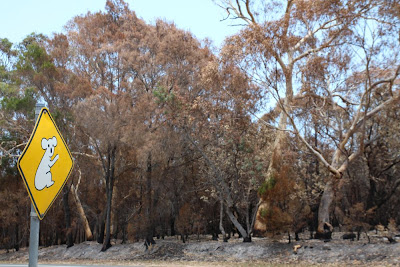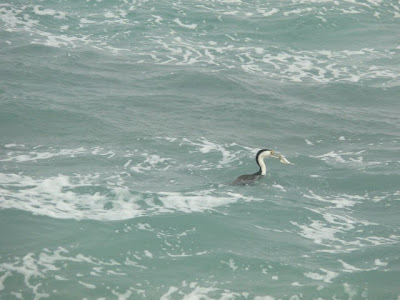Summer Nature Notes

Bush Stone Curlew. (Bruce Martin) Off Point Lookout the Manta Rays will have returned and dolphins with new calves may sometimes be sighted. Koala breeding season is in full swing over summer. This is a time of increased activity and movement on the ground between trees, particularly from around November to January, and extra care should be taken when driving near koala habitat during this time especially around all the townships, Myora and along the road to Amity. The breeding season commences around July-August and can extend through until around April-May. Migratory bird numbers are peaking as the last of the juveniles arrive from their breeding grounds in Siberia and Central Asia. This is a great time to check out Dunwich’s Bradbury Beach high tide roost (early in the day before disturbance) and the tidal wetlands at Amity and Swan Bay. Birds to look for include Eastern Curlew, Whimbrel, Bar Tailed Godwit and Grey Tailed Tattler. Many woodland trees incl...





